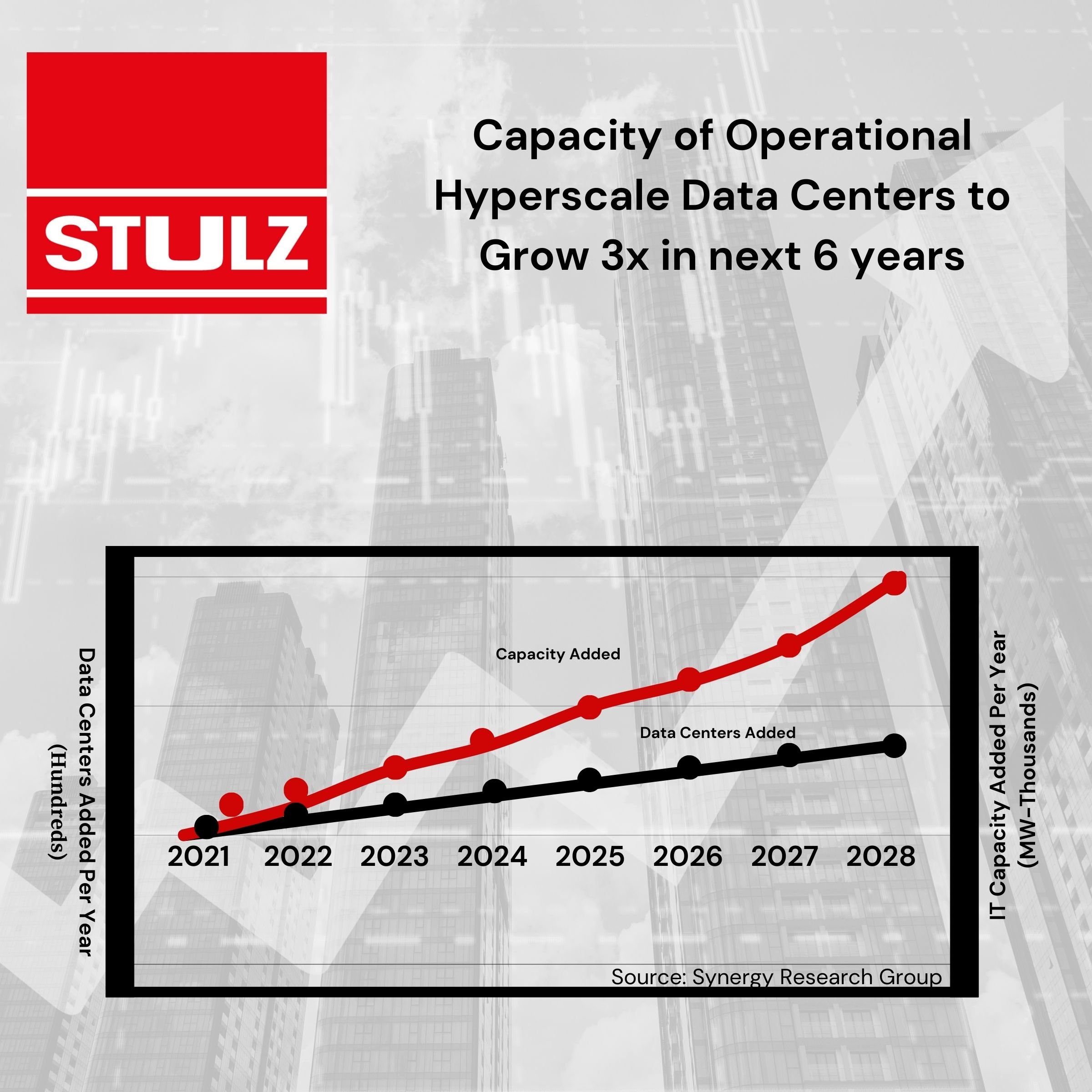Exciting new findings from Synergy Research Group reveal that the average capacity of future hyperscale data centers set to open in the next six years will be more than double the capacity of existing ones.
What is a Data Center?
Although the critical IT load in hyperscale data centers has always increased over time, the advent of generative AI technology has accelerated this demand for considerably more powerful facilities. As the need for individual data center capacity skyrockets, so does the overall growth of operational hyperscale data centers. Additionally, retrofitting current data centers to enhance capacity is on the rise.
This surge in expansion means that in just six years, we'll witness a nearly threefold increase in total capacity for all operational hyperscale data centers.
Synergy’s research investigated data center operations of 19 major cloud and internet service companies across industries like SaaS, IaaS, PaaS, search, social networking, e-commerce, and gaming. As of mid-2023, these industry giants operated 926 major data centers worldwide, with another 427 facilities planned for future construction.
Diving deeper into the ever-evolving hyperscale landscape, regional differences and variations between owned and leased data centers become clear. In aggregate, there's no denying that worldwide data center numbers have doubled within five years.
The breakthroughs in generative AI technology have driven an overwhelming need for more potent power sources rather than merely increasing the number of data centers - which continue to grow annually by over a hundred. As GPUs become increasingly prevalent in such facilities due to AI demands, operators must adapt their architecture and deployment plans to accommodate significantly higher power and cooling densities within associated racks. This shift pushes hyperscale operators to rethink conventional approaches to embrace these transformative times.
What does this mean for the future of cooling?
Liquid cooling, whether direct liquid-to-chip or immersion, is top of mind in the industry and is a viable option for cooling high density racks. However, air cooling will remain prominent as heat loads across the white space continue to increase. Many hyperscalers are opting to use large fan wall arrays or large air handling units along with liquid cooling to handle the increased heat.







Blog Comments